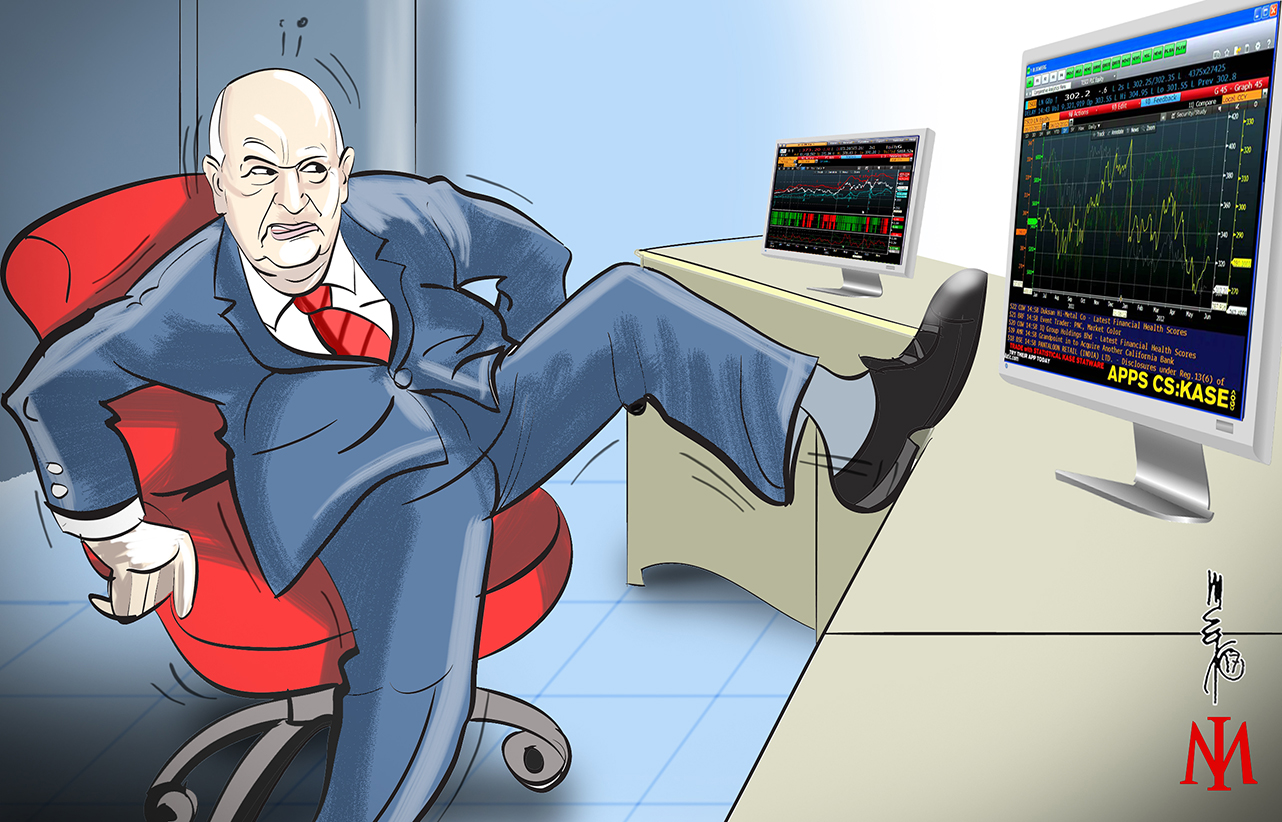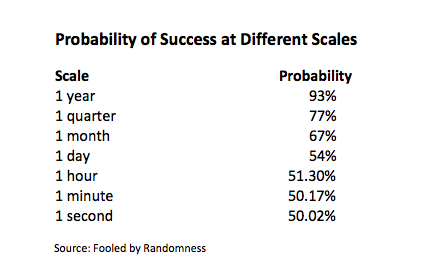It looks like you're new here. If you want to get involved, click one of these buttons!



That IS unfortunate, but welcome. Welcome to MFO.So, looks like TBO Capital is a scam. I invested some money 2 months ago and now the site vanished along with all the LinkedIn info. Unfortunately I only found this platform after.
A year ago on WEALTHTRACK, in September of 2021, Research Affiliates’ Rob Arnott made two macro observations. One, he predicted there were “very high odds” of a resurgence in inflation. Two, that the multi-year outperformance of growth over value stocks was probably finally over. He dated the turn to August of 2020.
He proved prescient on the inflation call and so far seems to have gotten value’s comeback right.
Rob Arnott is Chairman of the Board and Founder of Research Affiliates, which is celebrating its 20th anniversary this year. Research Affiliates describes itself as a “research-intensive asset management firm that focuses on innovative products.”
Among the many funds that Arnott created and now co-manages is the PIMCO All Asset Fund, also celebrating its 20th anniversary this year.
In this interview, Arnott shares his outlook on inflation, value stocks, and his cheap diversifiers strategy.

Preceding are abridged excerpts from an article by John Naughton in The Guardian."Once is happenstance, twice is coincidence... three times, it’s enemy action.” As European politicians and security agencies ponder the explosions in the Nord Stream pipelines they may find this adage of Ian Fleming’s helpful in resolving their doubts about who was responsible.
The strange thing about Putin’s assault on Ukraine was that he clearly hadn’t consulted Valery Gerasimov, the guy who in 2013 had radically reconfigured Russian military doctrine at his behest (and is now chief of the Russian armed forces). Gerasimov’s big idea was that warfare in a networked age should combine the traditional kinetic stuff with political, economic, informational, humanitarian and other non-military activities.
Putin’s invasion in February ran directly counter to this doctrine. Instead the assault was a 1940s-style blitzkrieg. And it hasn’t worked. So as he returns to the drawing board, it’s conceivable that the Russian leader has, finally, been talking to Gerasimov. If that’s the case, then their conversations will have rapidly turned to topics such as deniability, asymmetric warfare and identifying the critical weaknesses of their western adversaries.
Which in turn means that they will be thinking less about pipelines and much more about the undersea fibre-optic cables that now constitute the nervous system of our networked world. There are now about 475 of them and they carry more than 95% of all the data traffic on the global internet – $10tn money transfers and at least 15m financial transactions every day. The Telegeography site maintains a terrific up-to-date map of them all.
These cables are the critical infrastructure of the western world. They are funnelled into the sea via often poorly protected entry points on remote ocean coastlines. The cables mostly belong to a largish number of private companies, and so – up to now at least – have been largely neglected or ignored by governments.
Lying on the ocean floor, cables are obviously vulnerable to accidental damage. One industry source claims that only about 100 breaks a year are caused by fishing boats and trawlers. Until 2017 it seems that malicious attacks were rare. In that year there were two on transatlantic cables – UK to US and France to US – which were, er, under-reported at the time, but which may have been the trigger for a study written by none other than Rishi Sunak for the thinktank Policy Exchange, which concluded that the vulnerability of the undersea cable network was deeply troubling and that the danger of an attack on the system was “nothing short of existential”.
In his foreword to the report, Admiral James Stavridis, a former Nato supreme allied commander, pointed out that “Russian submarine forces have undertaken detailed monitoring and targeting activities in the vicinity of North Atlantic deep-sea cable infrastructure”. Which is interesting for two reasons. One is the conversations that are now doubtless going on in the Kremlin. The second is that Stavridis is the co-author of a fascinating thriller, 2034: A Novel of the Next World War, in which the trigger for catastrophe comes when a Russian ship severs 30 undersea cables, thereby cutting the US off from the world. I doubt that President Putin has read it. But I bet General Gerasimov has.
© 2015 Mutual Fund Observer. All rights reserved.
© 2015 Mutual Fund Observer. All rights reserved. Powered by Vanilla